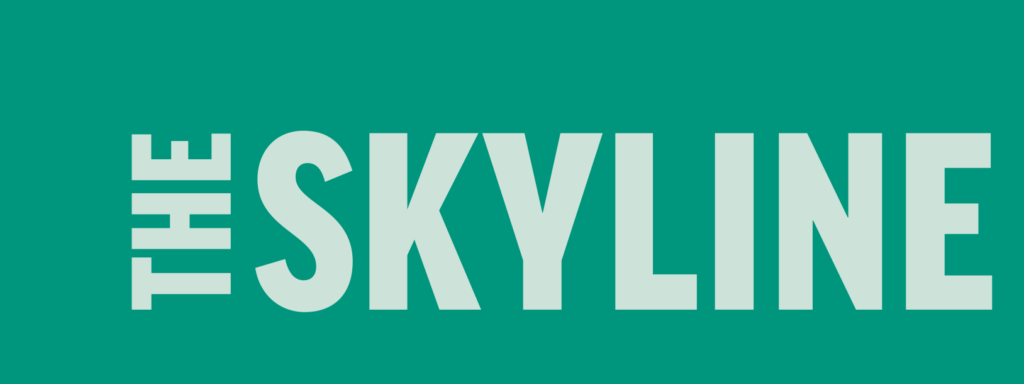How Two States Used Unemployment Payments to Get Residents Banked
In 2022, 418 million unemployment insurance payments, totaling $149 billion, flowed from state Departments of Labor to their unemployed residents. In most states, these payments – especially for those without a banking account – are disbursed through prepaid debit spending cards or paper checks. But now, two states – Illinois and Maryland – have begun using a more efficient, and more financially stabilizing approach. They’re deliberately banking the unbanked unemployed.
State payments like unemployment insurance are renowned for issuing funds through prepaid cards replete with cumbersome fees and problematic customer service. Such prepaid cards discourage or even disallow basic banking functions like additional deposits, bill payments, and transfers, and they provide little consumer protections for lost or stolen cards. Prepaid card recipients therefore typically are led to operate outside the benefits and protections of mainstream banking, rather than the opposite, thus exacerbating rather than helping to stabilize the unemployed and move them beyond the need for state aid.
MARYLAND
The State of Maryland recently took a new approach. Previously, unemployment payments were only disbursed through paper
checks or prepaid cards. However, dissatisfied with the efficacy, functionality, and growing fraud rates of those cards across
tens of thousands of recipients, and realizing the missed opportunity of not leveraging these payments to expand
banking access, the state Department of Labor (DOL) reorganized their payment system to encourage direct deposit into safe bank or credit union accounts. Working with the CASH Campaign of Maryland, which leads a statewide Bank
On effort, they prioritized direct deposit of unemployment insurance payments. The Maryland DOL redesigned its website to promote banking direct deposits, highlighting the availability
of Bank On certified accounts for those who were unbanked, including linking to the CASH Campaign of Maryland’s website showing Bank On certified accounts available online and across the
state. The DOL also promoted Bank On accounts in an email to current benefits recipients and on their social media channels.
With a monthly average of 24,000 Marylanders receiving up to $1,720
in unemployment payments, this has presented an enormous opportunity to promote banking access and ensure that payments helped to financially stabilize recipients.
We’re so grateful to the Maryland
Department of Labor for helping us expand safe banking access at statewide
scale, boosting the impact of unemployment payments both to help people get back on their feet and to connect them to the many economic benefits of joining the financial mainstream.”
—ROBIN MCKINNEY, CO-FOUNDER AND CEO OF THE CASH CAMPAIGN OF MARYLAND
| ILLINOIS Similarly, the State of Illinois just last year ended its use of prepaid cards to distribute unemployment insurancepayments. Claimants now only can receive payments via direct deposit to a banking account, or a mailed paper check.To encourage direct deposit, the Illinois Department of Employment Security modified their website to incorporateinformation from Bank On Illinois and Bank On Chicago about accessing safe and affordable banking options,highlighting available Bank On certified accounts, and shared English and Spanish Bank On Illinois flyers as wellas a customized Bank On video in communications with unemployment payment recipients.Nearly 9,000 Illinoisans receive nearly $1,800 per month in unemployment insurance payments;without a safe account, unbanked residents might pay over $40 per month in check cashing fees alone just to receive their benefits.Such use of government payments to stabilize recipients through banking, rather than prepaid cards, has begun showing real results nationally. During the pandemic, the Internal Revenue Service began a similar approach, creating a new online banking portal to facilitate recipients’ ability to provide banking information, or encouraging them to open new safe accounts like those certified by Bank On. The impact surpassed expectations.Nationally, the Federal Deposit Insurance Corporation (FDIC) found that 2021 saw the lowest national rate of unbanked people ever recorded, with over a third of those recently banked citing a government payment as the reason they opened an account. As the FDIC concluded, “the importance of quickly receiving government payments contributed to decisionsby many unbanked consumers to open bank accounts Focusing on opportunities to connect consumers to safe and affordable bank accounts when they are receiving income and other government payments continues to be a promising economic inclusion strategy.”Direct depositing payments, rather than mailing checks, also is strongly encouraged by bankers who are concerned with helping people minimize the risk of fraud and theft. Paul Benda, Senior Vice President for Operational Risk and Cybersecurity at the American Bankers Association, pointed to “a growing crime of ‘check washing,’ where checks are stolen out of the mail, altered, and then cashed.” Other states are looking now to follow Maryland’s and Illinois’ innovative lead, both with unemployment benefits and other state aid payments.By finding more efficient and safe methods of disbursing payments, these states at the same time find themselves strengthening their central priorities of building their residents’ financial inclusion and stability. |
| The Skyline—where the cutting edge of what’s happening on the ground becomes big picture financial empowerment thinking.Subscribe here for more insights from The Skyline. www.cfefund.org/skyline |
